The Psychology of the Post Modern Corporate Office

Deindustrialization and the Postmodern Corporate Headquarters emerged in the 1980s as a response to the shifting economic landscape and the rise of postmodernism in architecture. This trend represented a significant shift in the design of commercial spaces, reflecting the changing nature of work and the role of corporations in society.
Historical Context and Key Characteristics
The transition from industrial to service-based economies in many Western countries during the 1980s and 1990s had a profound impact on the design of corporate headquarters. As traditional manufacturing declined, companies sought to establish new identities and assert their relevance through distinctive architecture. Key features of Postmodern Corporate Headquarters include:
- Iconic and often flamboyant designs
- Mix of historical references and modern materials
- Emphasis on creating a corporate identity through architecture
- Large atria and communal spaces
- Integration of advanced technologies
- Attention to employee amenities and work environments
- Often situated in suburban office parks or as urban landmarks
Cultural Context
The rise of Postmodern Corporate Headquarters coincided with a broader cultural shift towards postmodernism, which celebrated eclecticism, irony, and the blurring of boundaries between high and low culture. In the corporate world, this manifested as a desire for buildings that stood out and conveyed a sense of uniqueness and prestige.
Technological Advances
The integration of advanced technologies, such as computer networks, telecommunications systems, and energy-efficient building systems, was a key aspect of Postmodern Corporate Headquarters. These technologies enabled companies to create more efficient and flexible work environments, while also showcasing their commitment to innovation.
Political Landscape
The design of Postmodern Corporate Headquarters was influenced by the political and economic policies of the 1980s and 1990s, which emphasized deregulation, globalization, and the growth of the service sector. Corporations sought to establish themselves as powerful players on the global stage, and their headquarters became symbols of this ambition.
Key Innovators
Several influential architects and firms were at the forefront of the Postmodern Corporate Headquarters movement, including:
Philip Johnson: American architect known for his eclectic and historically referential designs, such as the AT&T Building (now Sony Tower) in New York City.
Michael Graves: American architect who designed several prominent corporate headquarters, including the Humana Building in Louisville, Kentucky, and the Denver Public Library.
Helmut Jahn: German-American architect known for his sleek, high-tech designs, such as the Sony Center in Berlin and the United Airlines Terminal at O’Hare International Airport in Chicago.
Cesar Pelli: Argentine-American architect who designed several iconic corporate towers, including the World Financial Center (now Brookfield Place) in New York City and the Petronas Towers in Kuala Lumpur, Malaysia.
Related Architectural Styles
The Postmodern Corporate Headquarters movement is closely related to and often overlaps with other architectural styles and trends of the late 20th century, including:
Deconstructivism: An architectural style that emphasized fragmentation, non-rectilinear shapes, and the disruption of traditional forms and spaces.
High-Tech Architecture: A style that celebrated the aesthetics of technology and industrial production, often featuring exposed structural elements and high-performance building systems.
Contextual Architecture: An approach that sought to integrate new buildings into their surrounding urban or historical context, often through the use of local materials, vernacular forms, or historical references.
Dialectical Materialist Perspective
From a dialectical materialist viewpoint, the Postmodern Corporate Headquarters can be seen as a synthesis of corporate power and cultural expression. The movement emerged from the contradiction between the decline of traditional industries and the rise of multinational corporations. It embodied the tension between the global reach of companies and their desire for a distinct local presence.
Jungian Depth Psychology Analysis
Through the lens of Carl Jung’s analytical psychology, the Postmodern Corporate Headquarters can be interpreted as expressions of several archetypes:
- The Ruler archetype is evident in the grand, imposing nature of many of these buildings.
- The Magician archetype is reflected in the use of innovative technologies and materials.
- The Persona archetype is manifest in the emphasis on creating a corporate image through architecture.
The style’s blending of historical and modern elements might be seen as an expression of the Collective Unconscious, drawing on shared cultural symbols to create a sense of permanence and legitimacy.
Ego Perspective: Assertions and Insecurities
The Postmodern Corporate Headquarters asserted the power and cultural relevance of corporations in a post-industrial economy. It projected an image of success, innovation, and global reach.
However, the movement also revealed corporate insecurities. The often ostentatious designs could be seen as a reaction to anxieties about corporate image in an increasingly service-oriented economy. The emphasis on employee amenities might reflect insecurities about attracting and retaining talent in a competitive job market.
Lasting Influence, Criticisms, and Modern Context
The Postmodern Corporate Headquarters has had a significant impact on commercial architecture and urban skylines. The emphasis on iconic design and corporate branding through architecture continues to influence contemporary practice.
However, the movement has been critiqued for its sometimes excessive focus on image over functionality, and for contributing to suburban sprawl through the creation of isolated office parks. These criticisms have led to a renewed interest in urban, mixed-use developments and more sustainable approaches to corporate architecture.
In the modern context, corporate architecture has generally moved towards more flexible, adaptable, and environmentally conscious designs. The rise of remote work and the sharing economy has challenged traditional notions of the corporate headquarters, leading to new models such as coworking spaces and distributed office networks.
The legacy of Deindustrialization and the Postmodern Corporate Headquarters continues to shape discussions about the future of work and the role of architecture in creating meaningful, inclusive, and sustainable workplace environments. As corporations navigate the challenges and opportunities of the 21st century, the lessons learned from this era of corporate architecture will remain relevant and influential.
Bibliography and Further Reading
Jencks, C. (1991). The Language of Post-Modern Architecture (6th ed.). New York: Rizzoli.
Mozingo, L. A. (2011). Pastoral Capitalism: A History of Suburban Corporate Landscapes. Cambridge, MA: MIT Press.
Korom, J. J. (2008). The American Skyscraper, 1850-1940: A Celebration of Height. Boston: Branden Books.
Ellin, N. (1999). Postmodern Urbanism. New York: Princeton Architectural Press.
Sklair, L. (2017). The Icon Project: Architecture, Cities, and Capitalist Globalization. New York: Oxford University Press.
Le Corbusier. (1986). Towards a New Architecture. New York: Dover Publications. (Original work published 1923)
Venturi, R., Scott Brown, D., & Izenour, S. (1977). Learning from Las Vegas: The Forgotten Symbolism of Architectural Form. Cambridge, MA: MIT Press.
Read about the Psychology of Other Styles of Architecture
The Psychology of Architecture
The Psychology of Architecture












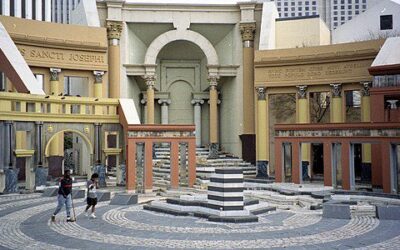


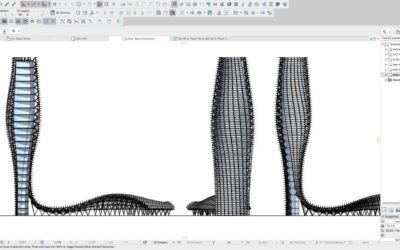

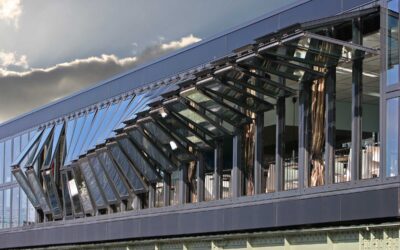

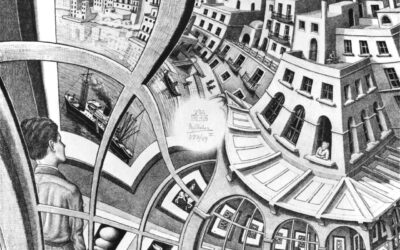



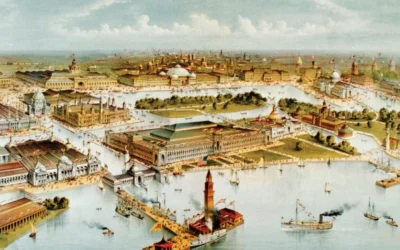
0 Comments